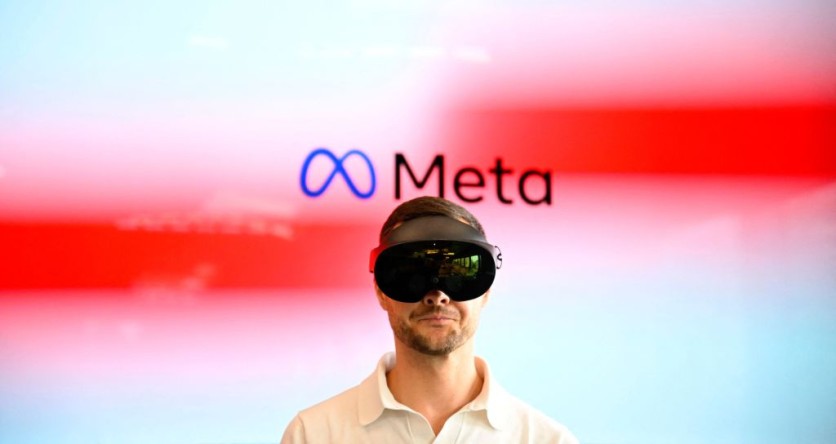A group of researchers has modified a Meta virtual reality (VR) headset to possess the remarkable capability of measuring brain activity and examining the user's reactions to hints and stressors, among others.
The scientific team from The University of Texas at Austin has harnessed the potential of a non-invasive electroencephalogram (EEG) sensor seamlessly integrated into a commercial VR headset designed to be worn comfortably for extended durations.
This EEG technology facilitates monitoring the brain's electrical patterns during immersive VR interactions.

Modified Meta VR Headset
The versatility of this device's applications spans from aiding individuals dealing with anxiety to evaluating the attention or psychological stress of pilots utilizing flight simulators. It can even provide humans with the unique opportunity to perceive the world through the sensory apparatus of a robot.
Nanshu Lu, a professor in the Cockrell School of Engineering's Department of Aerospace Engineering and Engineering Mechanics, who led the research, explained in a press release that "virtual reality is so much more immersive than just doing something on a big screen."
"It gives the user a more realistic experience, and our technology enables us to get better measurements of how the brain is reacting to that environment," she added.
While the integration of VR and EEG sensors is not entirely novel, the existing devices tend to be expensive. The researchers asserted that their electrode system offers heightened user comfort, prolonging the feasible duration of wear and introducing additional applications.
Currently, the more advanced EEG equipment usually comprises caps fitted with electrodes. Nonetheless, according to the researchers, this configuration doesn't seamlessly integrate with the VR headset.
Additionally, traditional electrodes face challenges caused by hair obstruction, which hinders their effective connection with the scalp. These existing electrodes, rigid and resembling combs, struggle to traverse through the hair, resulting in an uncomfortable user experience.
Soft Conductive Spongy Electrodes
In pursuing a solution, the researchers devised soft, conductive spongy electrodes that bypassed these challenges. The modified headset integrates these electrodes into the top strap and forehead pad, encompassing a flexible circuit with conductive pathways along with an EEG recording apparatus attached to the headset's rear.
This technology aligns with a broader research endeavor at UT Austin, encompassing a robot delivery network that also extensively explores human-robot interactions.
In this undertaking, Lu assumed a crucial position, utilizing the VR headsets for individuals either accompanying robots or positioned in a distant "observatory."
This configuration enables observation from the robot's perspective while simultaneously measuring the mental load of extended observation. The team developed a driving simulation game to assess the VR EEG headset's viability.
Collaborating with José del R. Millán, a faculty member experienced in brain-machine interfaces, they created a driving simulation wherein users pressed a button to react to turn commands. The EEG monitored users' brain activity during these decisions, revealing their attentiveness levels.
The researchers have initiated the process of filing preliminary patent documents for the EEG system. They are open to potential collaborations with VR companies to incorporate this technology directly into their products.
The findings of the team were published in Soft Science.

ⓒ 2025 TECHTIMES.com All rights reserved. Do not reproduce without permission.




